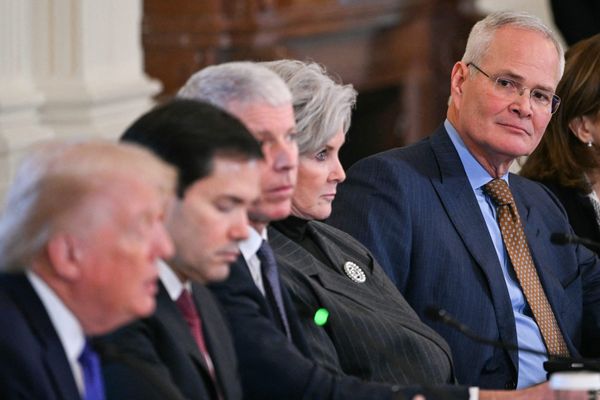
Regulators at the National Highway Traffic Safety Administration on Friday set higher fuel-economy standards for new passenger cars and light trucks.
The administration set 49 miles a gallon as the new mileage standard for light trucks and passenger cars in the U.S. beginning in model year 2026, a 10% increase in fleetwide fuel efficiency on average compared with model year 2021. The current fleetwide mileage standard for model year 2021 is 40 mpg.
Drivers purchasing new vehicles in 2026 will get 33% more miles per gallon as compared with 2021 vehicles, under the new standards announced Friday.
The standard set by transportation officials is similar to what the Environmental Protection Agency set in December, announcing a fleetwide average of 55 mpg for cars and light trucks by model year 2026.
Both rules will achieve the same levels of mileage and emissions when they factor in auto industry loopholes, said Dan Becker of the Center for Biological Diversity.
"Today's rule means that American families will be able to drive further before they have to fill up, saving hundreds of dollars per year," said U.S. Transportation Secretary Pete Buttigieg, in a statement.
"These improvements will also make our country less vulnerable to global shifts in the price of oil, and protect communities by reducing carbon emissions by 2.5 billion metric tonnes."
Friday's announcement comes as Americans are paying higher gasoline prices due to postpandemic production shortages and a ban on Russian imports of crude oil due to its invasion of Ukraine.
The standards apply to passenger cars, light duty trucks, minivans and SUVs. Auto makers that don't comply with federal standards risk fines.
Environmental and public health groups said the higher standards will lead to cleaner air and less emissions of planet-warming gases.
"These standards will cut our dependence on oil and save drivers money at the pump. Indeed, technological advancements, energy savings and consumer benefits justify even stronger standards," said Luke Tonachel of the non-profit Natural Resources Defense Council in a statement.
Transportation officials began setting fuel-economy standards in the 1970s under directions from Congress as part of the effort to reduce dependence on foreign oil.
They work with the EPA, which later began setting limits for air pollutants from vehicle exhaust and completed their portion of the rule-making in December.
Before the implementation of federal standards, car fuel economy averaged 13 mpg, according to the Environmental Defense Fund.







